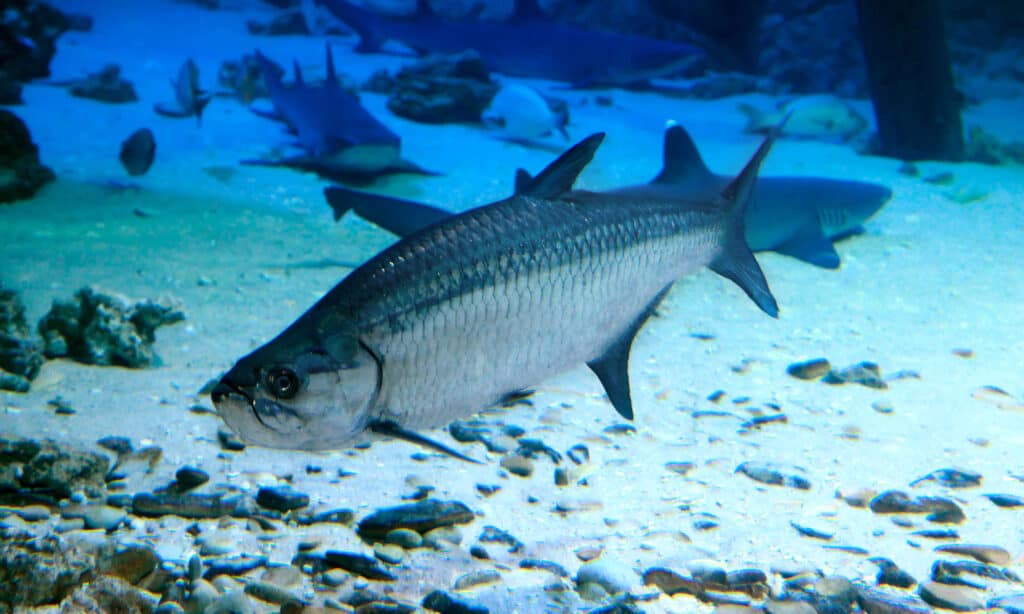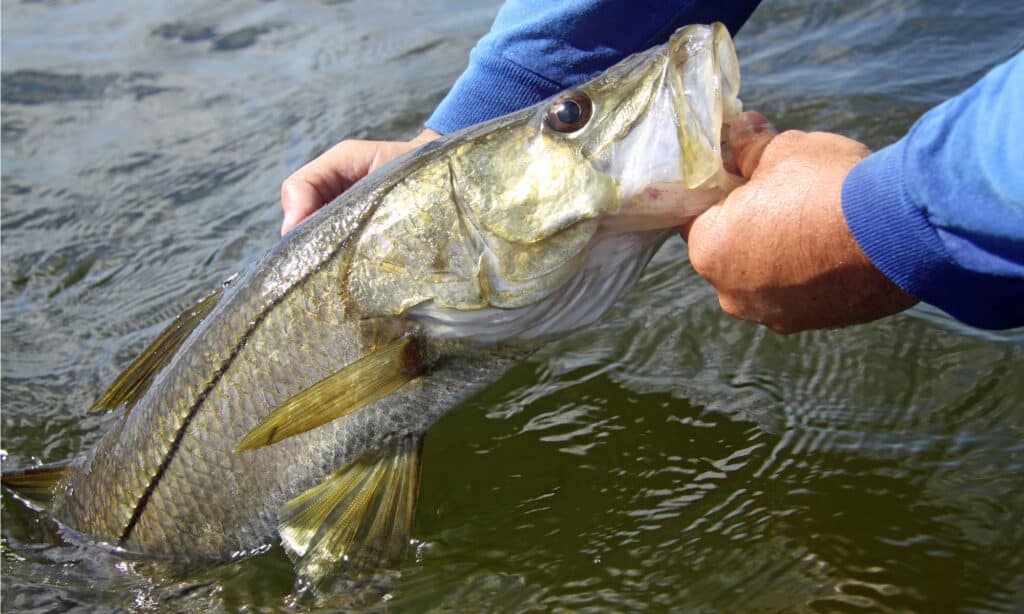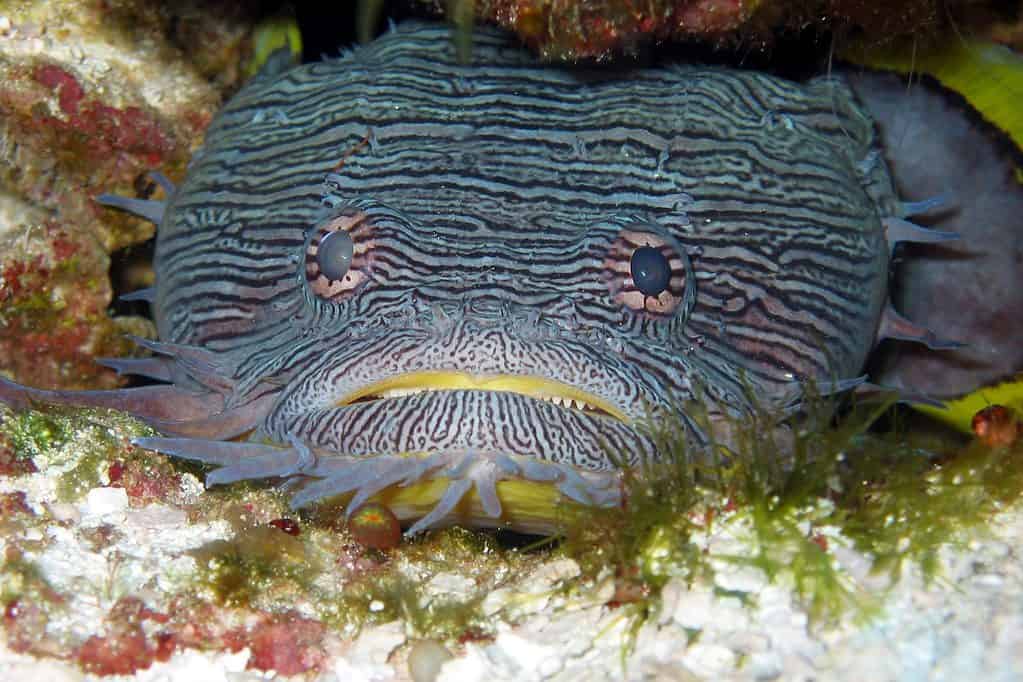Belize is a lovely country in Central America with a coast on the Caribbean Sea. It is the least populated and least densely populated country in Central America. Because of this low population density, and the wide variety of habitats in the country, biodiversity has been able to thrive there. Lush forests cover over 60% of the country, and just 20% is covered by human development. This is coupled with 37% of the land covered under environmental protection.
The coast of Belize contains the Belize Barrier Reef, an essential section of the Mesoamerican Barrier Reef System. It is home to a vital reef ecosystem that includes many fish species. Because of this, the country of Belize altogether banned bottom trawling as a fishing method to protect the reef. They were the first country to do so. In 2015, the government also banned offshore drilling within 1 kilometer of the Belize Barrier Reef to protect some of the unique fish species in the waters surrounding the country.
Let’s discover seven spectacular fish found in Belize.
1. Bonefish

Catching a bonefish, or “grey ghosts” as they are sometimes called, is best done with the help of a guide.
©DUSAN ZIDAR/Shutterstock.com
Bonefish are so popular they have their own form of fishing named after them: bonefishing. They are one of the fastest fish in the ocean, clocking in at around 40 miles per hour. That is not the only thing that makes them difficult to catch; they are also quite shy. They are liable to swim away fast when any creature, including a human, approaches. This is why catching a bonefish, or “grey ghosts” as they are sometimes called, is best done with the help of a guide, especially if you are new to the art of bonefishing.
Generally, bonefish are silver on the side and have dark green or olive coloring on their backs. They weigh 14 pounds and can grow up to 31 inches long. They live in shallow waters, even as shallow as one foot, where they feed on shellfish, worms, and fish eggs while the tide comes in. Because of this, bonefishing may involve wading in the water or using a low-draft boat similar to the ones used in many swamps. The sport of bonefishing is more about catching fish than eating them, so many people throw them back. However, locals do eat bonefish.
2. Atlantic Tarpon

The Atlantic tarpon has a long history with humans, although they are not popular to eat.
©iStock.com/TatianaMironenko
Another name for Atlantic tarpon is silver king. They are mostly fish found in tropical and subtropical waters but have been seen as far north as Nova Scotia. They are a well-loved fish by sport anglers who enjoy their acrobatics on the line and potential for large size. These fish found in Belize can grow up to eight feet long and weigh 350 pounds. They have a long history with humans, although they are not popular to eat. Their flesh is said to smell bad, and they have a lot of bones. Their rough scales were used as nail files and jewelry in the past.
3. Permit

Permit fish live and feed in shallower waters but breed offshore.
©Ibrahim Shareef/Shutterstock.com
The permit fish has nothing to do with a fishing permit. It is a fish up to 48 inches long with a thin, compressed body, making them appear flat when you see them head-on. This fish species found in Belize can weigh up to 79 pounds. They live and feed in shallower waters but breed offshore. One area of the ocean around Belize is so full of permitted fish that it is known as Permit Alley. They tend to live in similar areas as bonefish but are somewhat easier to catch.
4. Snook

Snook are particularly susceptible to extreme weather events caused by climate change.
©CaptJason/Shutterstock.com
Snook is a fish that goes by the names sergeant fish and robalo. There are 13 species of snook. The two most abundant are often considered to be the common snook and the fat snook. The common snook can grow up to 4.6 feet long, but they are more commonly around 1.5 feet long. They can weigh up to 50 pounds. The fat snook is much smaller. The longest one ever found was 28 inches. And the fat snook doesn’t reach weights of more than 11 pounds.
Snooks are very sensitive to their environment and take cues from it to decide when to do certain things like spawning. When the water is at a specific temperature and salinity, it will automatically start its spawning process. That means they are particularly susceptible to extreme weather events caused by climate change. A cold snap at the wrong moment could result in a significant decline in the snook population over time due to a change in breeding. For example, after one cold snap in 2010, there was a more than 40% reduction in the snook population.
Snooks are very popular for sport anglers because they have the potential for a larger size and put up a decent fight. They are also popular to eat. If you cook a snook, remove the skin — most people think it has a soapy taste.
5. Whitelined Toadfish

This particular whitelined toadfish is black with white lines on its body.
©Randall McNeely | CC0 – License
The whitelined toadfish is a rare species only found in Belize’s coastal waters. They only live in coral reefs between 16-100 feet deep in this area. This species is an excellent example of why coral reef preservation is so important. As the reef declines, this species will no longer have any habitat. For that reason, it is listed as threatened in terms of risk of extinction.
Toadfish are a family of fish broken up into 21 genera and 83 species. This particular species is black with white lines on its body. This species is somewhat aggressive and pounces on its meals of smaller fish.
6. Social Wrasse
The social wrasse is a small fish that swims in large schools through the coral reef off the coast of Belize. It is not to be confused with another fish species that also goes by the name social wrasse that is much more plentiful in the world. The scientific name of the species endemic only to Belize is Halichoeres socialist, while the other is Cirrhilabrus rubriventralis, also known as the longfin fairy wrasse. These fish are somewhat shiny and have a greyish-green color, sometimes with blue or white spots. They eat zooplankton as they swim together. Similar to the whitelined toadfish, the social wrasse is endangered because of its small habitat and the fact that coral reefs the world over are threatened.
7. Dwarf Spiny Bead Blenny
This fish only lives in the coral reef off the north and central Belize coast. They hide in caves and dead coral, only emerging to feed on plankton. They are pale grey and have alien-looking heads. In general, blenny is the name of an order of fish with six families, more than 150 genera, and over 800 species. Like the other fish that are only found in the coral reef near Belize, they are endangered due to the threat of habitat loss.
Up Next
- Meet the 10 Cutest Fish in the World
- Are Sharks Fish?
- The Keel Billed Toucan: National Bird of Belize
- Discover 7 Spectacular Fish Found in Cambodia
The photo featured at the top of this post is © Simon Dannhauer/Shutterstock.com
FAQs (Frequently Asked Questions)
What is the least populated country in Central America?
Belize is the least populated country in Central America.
What is the least densely populated country in Central America?
Belize is the least densely populated country in Central America.
What are some fish species found in Belize?
Snook, bonefish, and the dwarf spiny bead blenny are a few fish species found in Belize.
Thank you for reading! Have some feedback for us? Contact the AZ Animals editorial team.






